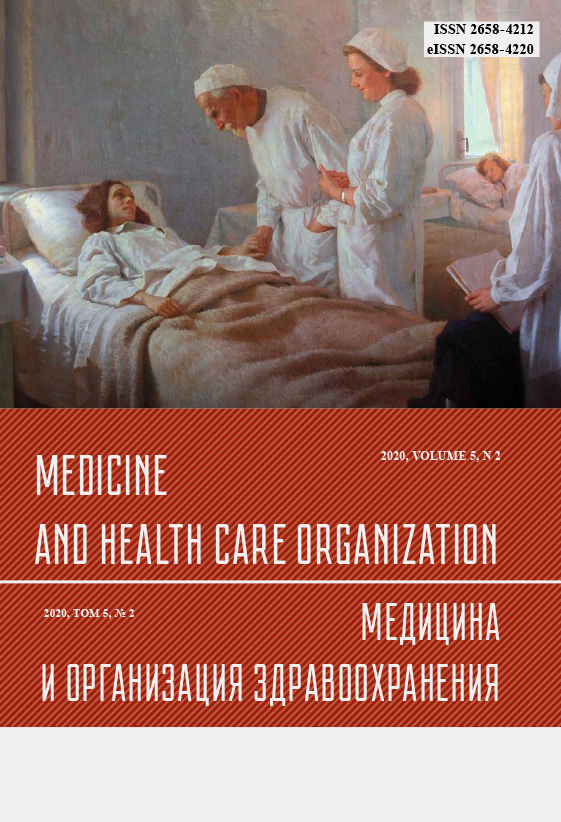MEDICAL SOCIAL ASPECTS OF THE CONSEQUENCES OF CRANIO BRAIN INJURY IN CHILDREN
Abstract
Traumatic brain injuries are among the most common injuries and make up almost half of all сases of injuries in children. About two thirds of these injuries are fatal. Among hospital admissions for TBI, mortality ranges from 35% to 38%, and half of the survivors of children who have suffered a severe head injury become disabled. With increasing age at the time of head injury, the length of time from the moment of receiving a head injury to hospitalization in children decreases. Among the children examined, after a head injury only in boys impaired consciousness was diagnosed. There are significantly more boys with cranial nerve damage, that reveal presence of meningeal signs and nystagmus than girls. There are significantly more children with cranial nerve damage, motor disorders, decreased muscle strength, muscle atrophy, spastic hemiparesis, pathological reflexes, impaired coordination tests, and the presence of meningeal signs among children with severe head injury than in those with mild head injury. Neuroimaging methods for examining children reveal pathological changes in 34.57%, hematomas in 18.52%, and fractures of the skull bones in 13.58%. Post traumatic epilepsy was found in 46.67%, and 31.67% were included in the risk group for post traumatic epilepsy. Treatment outcomes largely depend on the timeliness and quality of medical care and a range of rehabilitation measures. The clinical consequences of traumatic brain injury in children, in contrast to adults, are characterized by a certain number of manifesting features. They manifest themselves in specific reactions reflecting increased sensitivity, vulnerability of the brain of the child, as well as wide compensatory opportunities. Therefore, one of the most important medical and social problems of modern social pediatrics is injuries that occure in childhood.



